Christian Science Monitor Calls for Endangered Species Hour
Critter News
MARCH 28, 2010
I like this opinion piece from the Christian Science Monitor which calls for an "Endangered Species Hour." The Christian Science Monitor rightly points out that citizens and consumers need to get involved in endangered species protection, because at the CITES level, it's all about money and international politics.


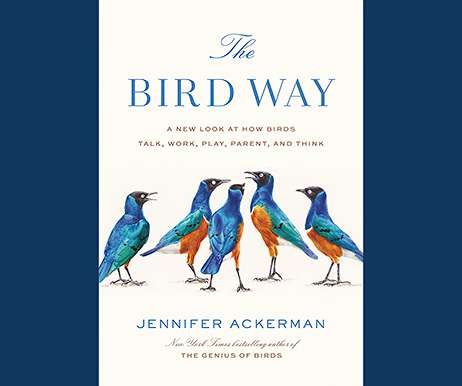

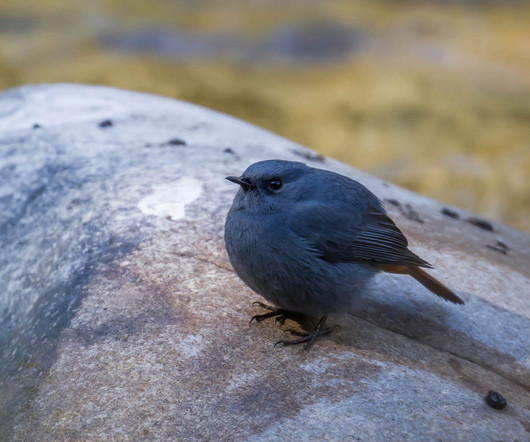

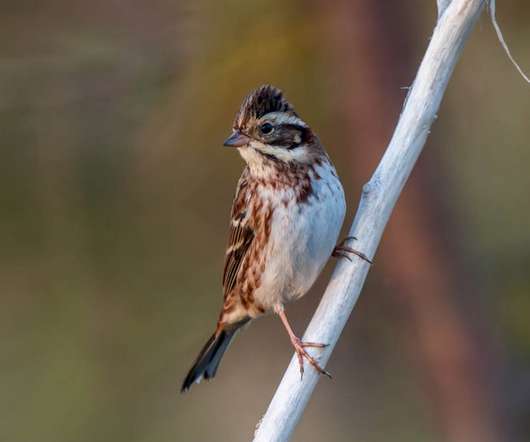
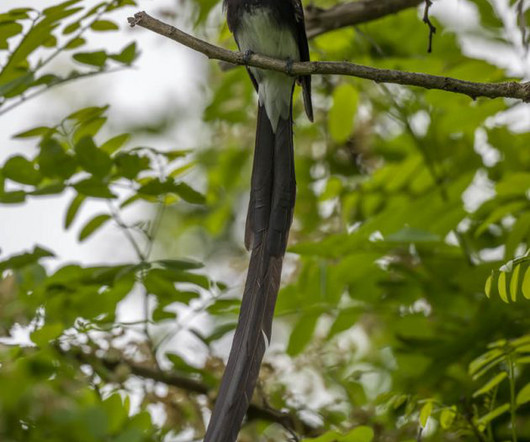
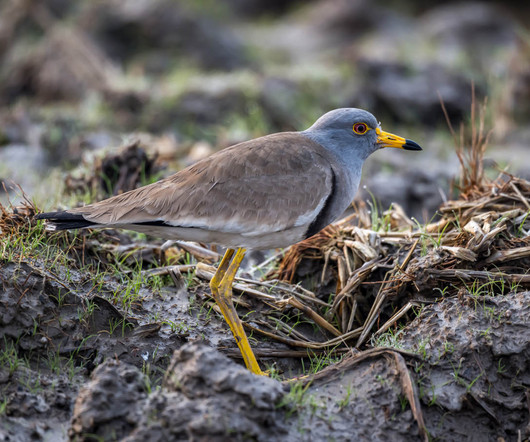
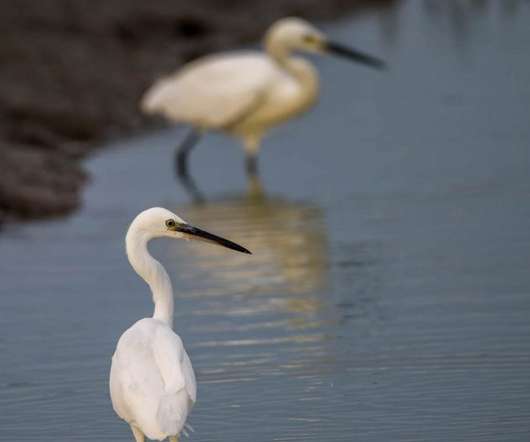


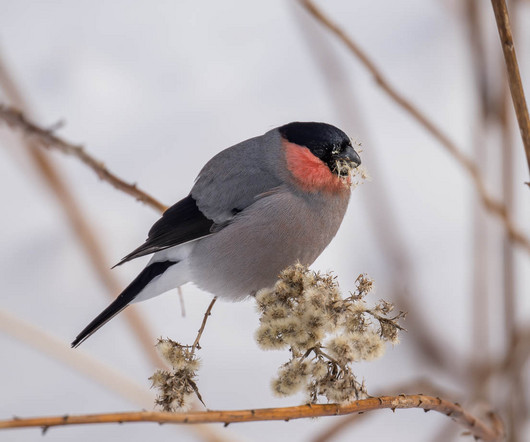
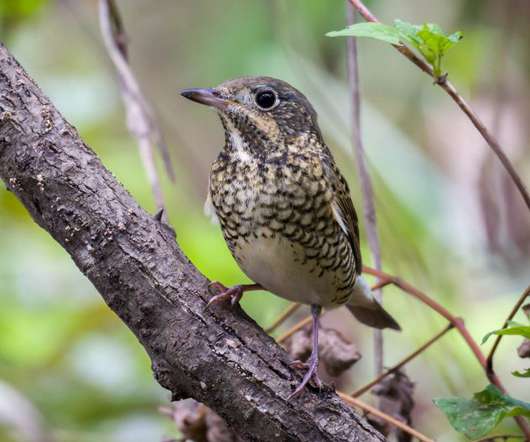



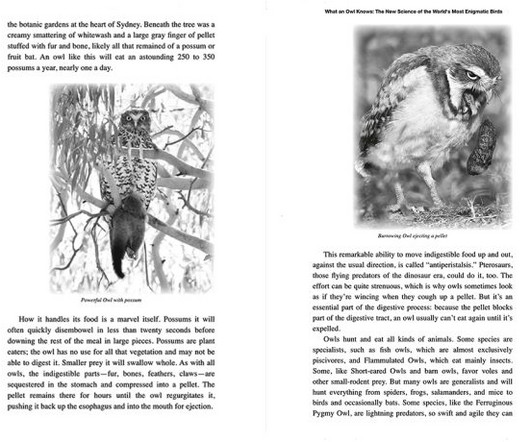
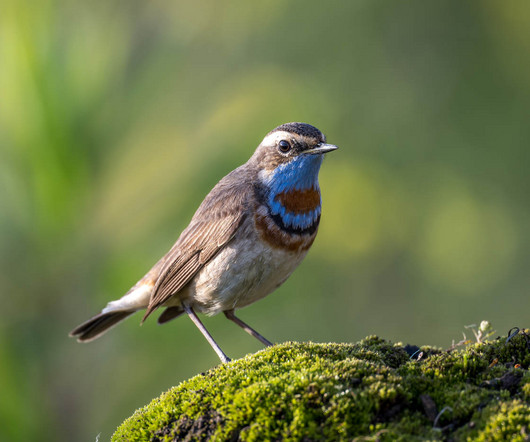
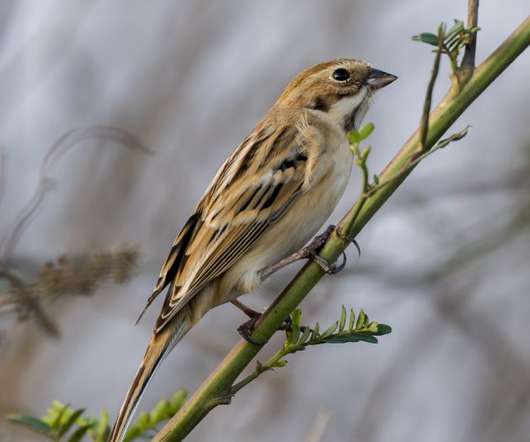






Let's personalize your content